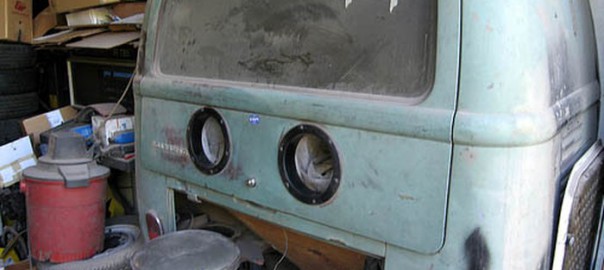ABRASIVE MEDIA FOR SANDBLASTING
Siphon abrasive blasting cabinets and direct pressure abrasive blasting cabinets allow operators to recycle abrasive media for reuse. There are many types of abrasive media, each with its own lifespan. Some abrasives, like soda, cannot be recycled without a low blasting pressure and GhostFlow™ technology which results in clean parts, cabinet visibility and a functional dust collector. In addition to understanding the nuances of direct pressure and siphon feed blasting, knowing how to properly use your equipment and understanding proper blasting pressures will help properly size your air compressor and get the best performance from abrasive in your blasting machine.
Siphon Feed Abrasive Media
- Glass Beads used in a siphon cabinet typically recycles at 80 psi, large beads less and smaller bead more. Part hardness, like stainless steel, can reduce this to a lower pressure and recycle number unless you reduce the blasting pressure 10 to 20 percent. If you’re using a direct pressure portable pot it’s hard to recycle glass beads and you must reduce the blasting pressure to no more than 40 psi unless you want glass dust. The number of uses you can get out of glass beads depends on the size bead you begin with, but 20 to 30 recycles can be achieved when maintaining appropriate abrasive flow. You can use beads longer than recommended, just like you can change the oil in your car less frequently than directed, but it’s not considered the best practice. The biggest drawback to using worn out glass beads is that their decreased size results in longer part processing times and poor cabinet visibility.
- Aluminum Oxide is a cutting abrasive, and it’s much harder than glass beads. Its average lifespan is double that of glass beads, know this can vary based on the starting size of the abrasive. Aluminum Oxide can be used with 90 to 100 psi blasting pressure when using siphon, but that can depend on the specific makeup of the abrasive itself. Just like sandpaper, Aluminum Oxide gets dull over time and will clean more slowly as it becomes less sharp.
- Plastic abrasive comes in many sizes and degrees of hardness, but the most common is 5 and titled Type III. Most plastic is use in direct pressure machines using a pressure pot, but that’s not always the case. Plastic cleans and removes coatings at a much lower frictional heat with a much larger plastic chip size, and this is part of the reason it works well on painted or powder coated surfaces. When using a smaller siphon gun, large plastic abrasive isn’t recommend because it’s impossible for enough particles to exit the small nozzle. Plastic abrasive in siphon feed machines will be able to withstand 80 to 90 psi blasting pressure, about twice as much as in direct pressure delivery machines. If you go much above these pressures you’ll destroy the plastic.
- Walnut Shells should be avoided at all cost in abrasive blast cabinets. Why? They tend to mold, rot and smell in the dust collector! This abrasive is commonly used in portable pots once, but also remember it contains oils in the shell that often create fish eye on future paint jobs. It’s very difficult to get the oil out of deep cracks and almost impossible to eliminate fish-eye on fiberglass bodies.
- Garnet is among the softer abrasives and also seldom used in cabinets. You will find garnet sandpaper for sanding wood only because when used on metal it’s reduced to dust after two or three rubs. At one time, Garnet was great for foodservice part cleaning because it was inert and contained no contamination, now we have white aluminum oxide without the presence of free iron.
- Slag is never used in blasting cabinet because it explodes on impact and yields a very low recycle rate. People use it with portable pots because there is no recycling the abrasive and for this reason it should be delivered at the highest possible pressure. Be aware that generating too much frictional heat will warp thin sheet metal as effectively as a propane torch. (ProTip: This is why it takes a quality blasting company to sandblast a car body properly.)
- Silicon Carbide is the hardest abrasive and rates next to diamonds for hardness on the mineral Mohs Scale, but it’s never used in portable, one time applications because it gets expensive.
- Sand is the last abrasive we’ll cover and it should never be used in any sandblasting cabinet, siphon, direct pressure or portable. Sand contains free silica that can scar the lining of the lungs, a condition called silicosis, which permanently diminishes the ability to transfer oxygen to the blood. If anyone tells you to use play sand from the Big Box store you should run as fast in the other direction and find better information about abrasive blasting.


